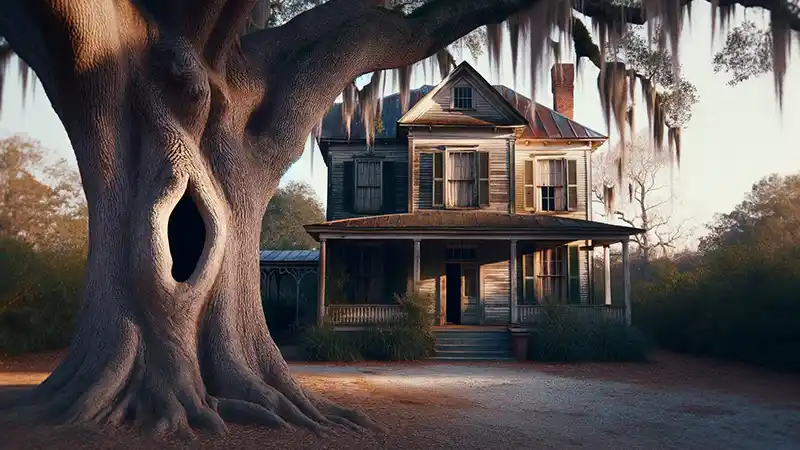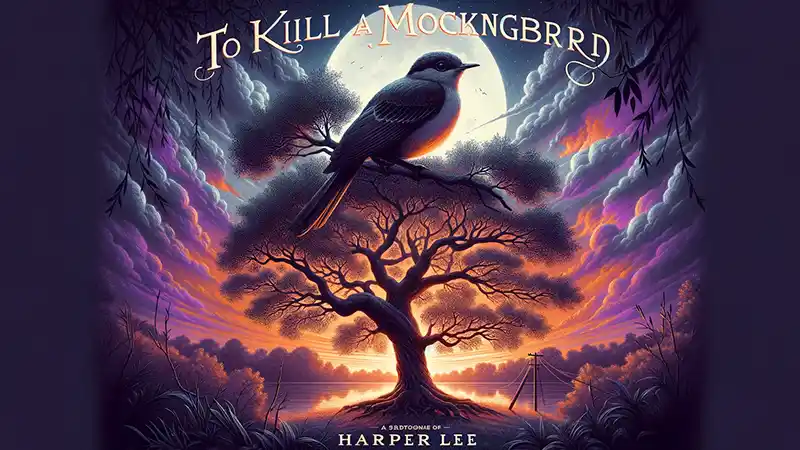In this lesson plan, centered around Chapter 4 of Harper Lee’s To Kill a Mockingbird, we will develop a more comprehensive understanding of the novel’s intricate narrative and themes. Our focus will be on three key learning objectives: analyzing key events and decisions made by Jem and Scout, comparing the varying perspectives in Maycomb with Atticus Finch’s teachings, and understanding the influence of Scout’s narration on storytelling. This approach aims not only to deepen students’ comprehension of the chapter but also to enhance their analytical skills and critical thinking about the broader societal issues presented in the novel.
Learning Goals
- I will be able to analyze and interpret key events in Chapter 4 of To Kill a Mockingbird.
- I will be able to compare and contrast the different perspectives present in Maycomb with the teachings and values imparted by Atticus to his children.
- I will be able to reflect on the influence of the narrator’s point of view on the storytelling and character development.
Materials
Process
- Review the Perspectives in Maycomb worksheet.
- Take 15 – 20 minutes to look through the first 3 chapters of the novel and make a few entries on the worksheet.
- Read chapter 4 of To Kill a Mockingbird
- Answer the questions below. Review the questions together.
Views in Maycomb
In many ways, Atticus fits in perfectly in Maycomb, but in other ways he does not.Atticus often disagrees with the popular views in Maycomb. Mrs. Dubose and Aunt Alexandra represent the popular points of view regarding gender, race, and family history.
Create a chart of the unwritten rules of Maycomb.
Unwritten rules of Maycomb (Race, gender, family lineage, etc…) | Textual Evidence (paraphrase or quote) | Atticus’ Point of View |
|
Writing: What is the difference between what the town teaches Jem and Scout and what their father teaches them? How do the kids try to deal with the differing points of view?
Questions
- What decision do Jem and Scout make regarding the objects they discover in the Radley’s tree hollow?
- In what ways does Scout’s role as the storyteller influence the audience’s perception of Jem’s perspective?
- Near the end of the chapter, Jem says that Scout was, “being a girl.” How might stereotypes related to race, gender, and social class impact our actions, even when our intent is to challenge these stereotypes.


